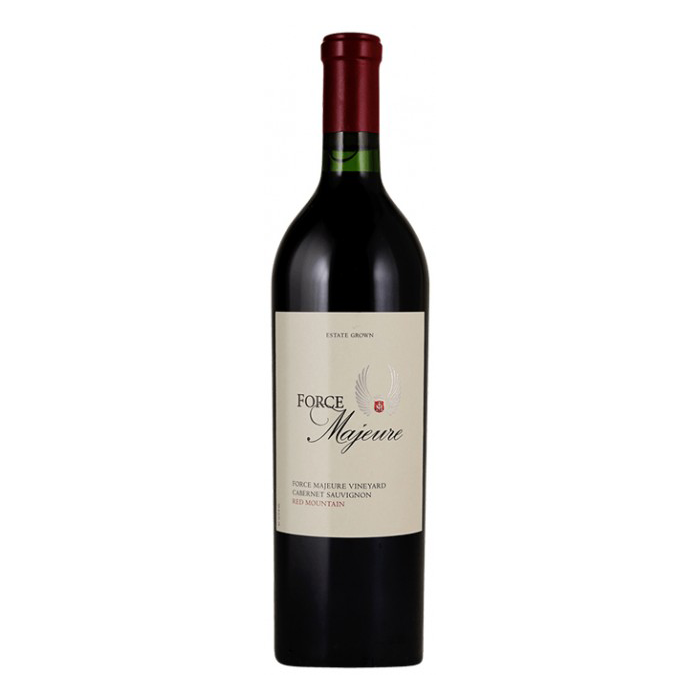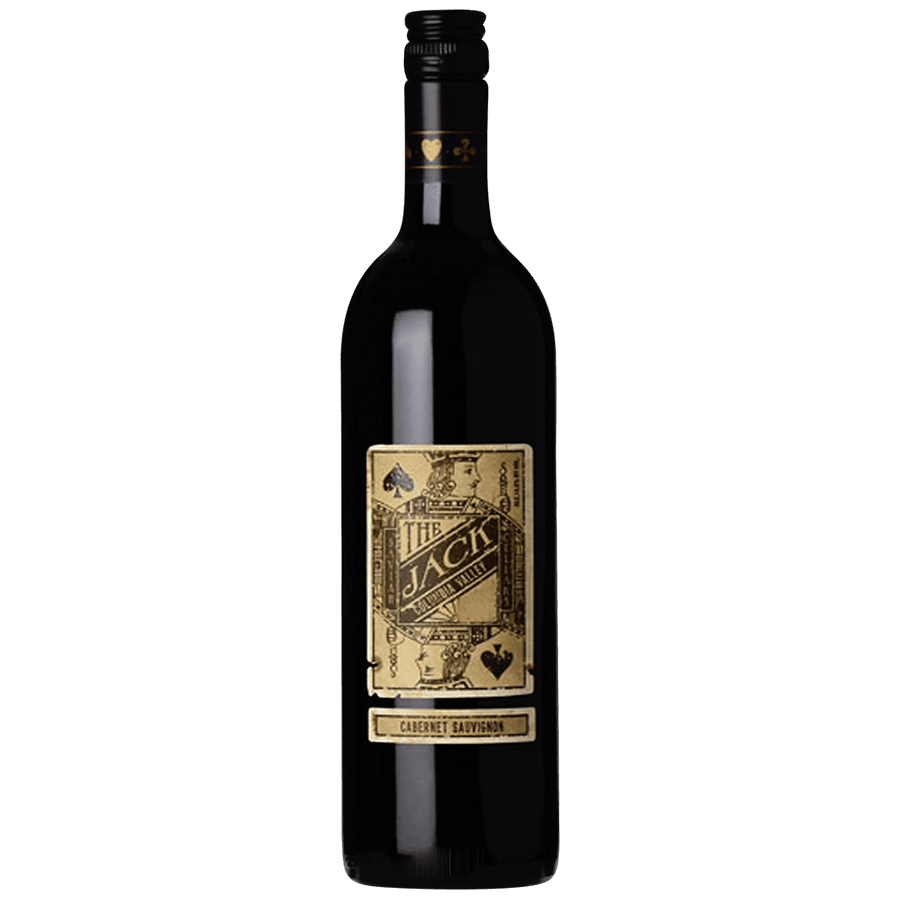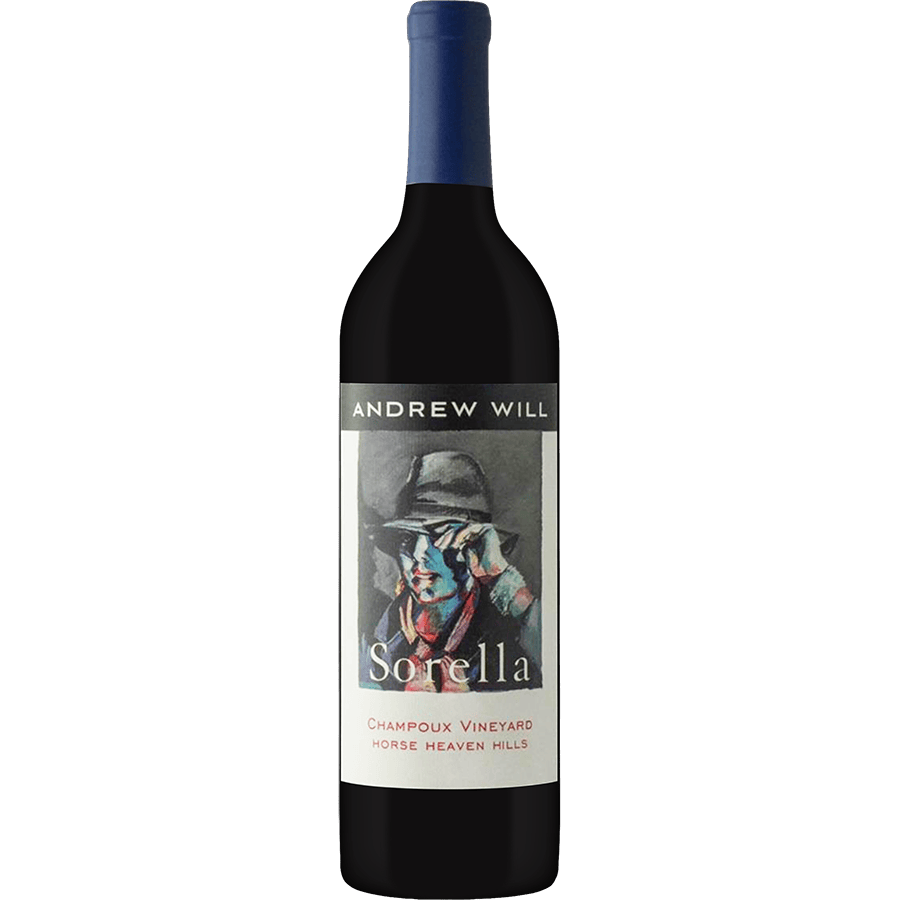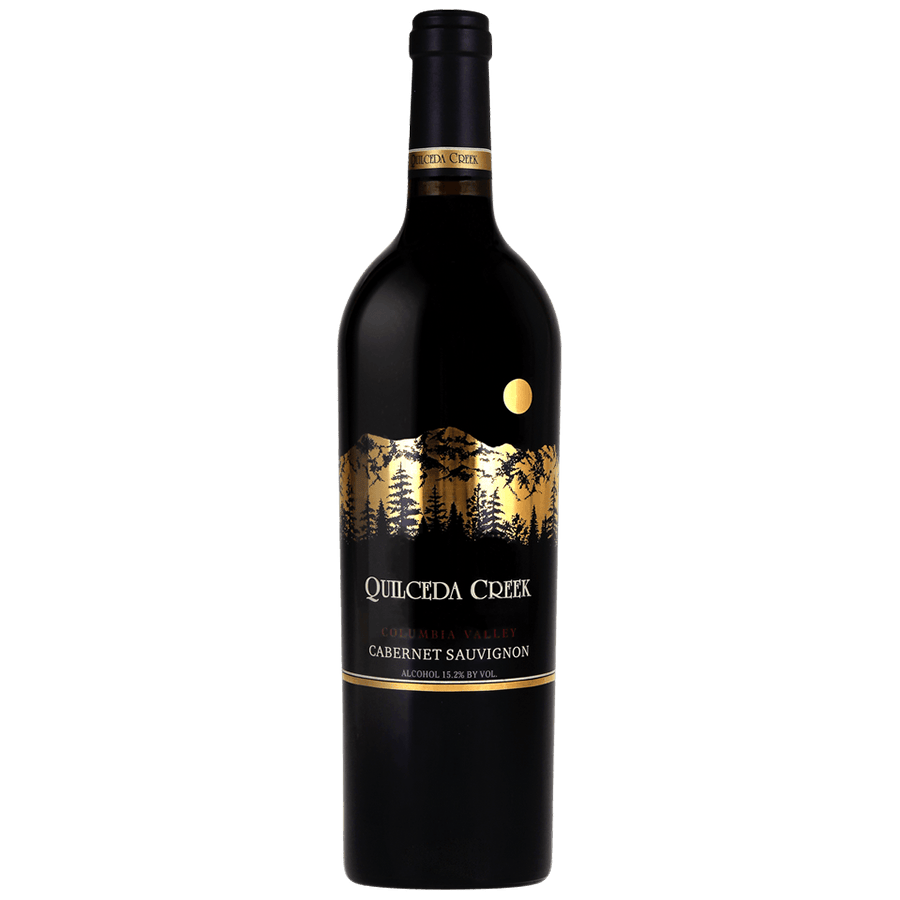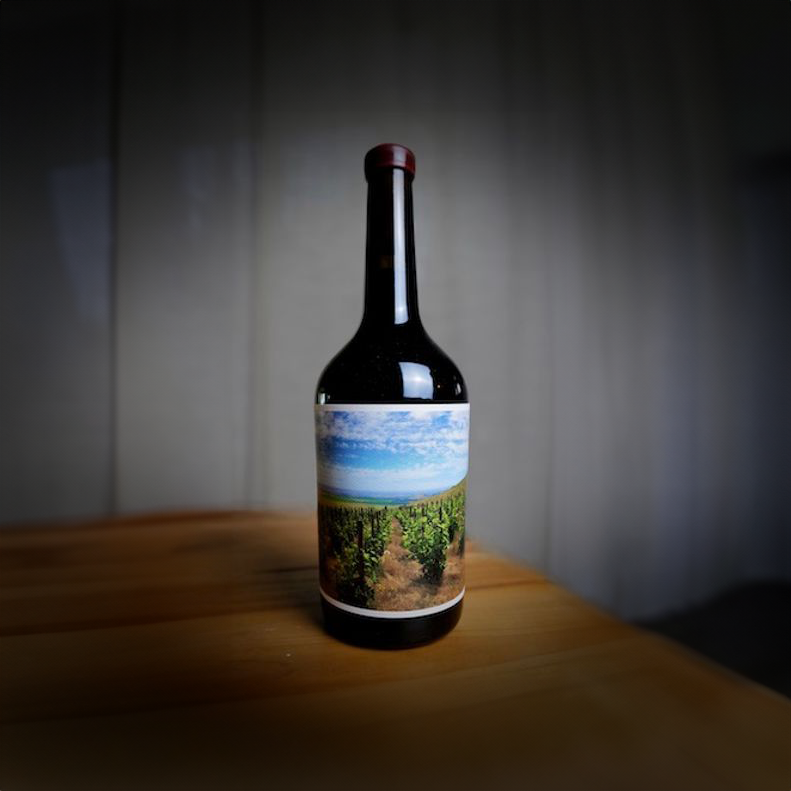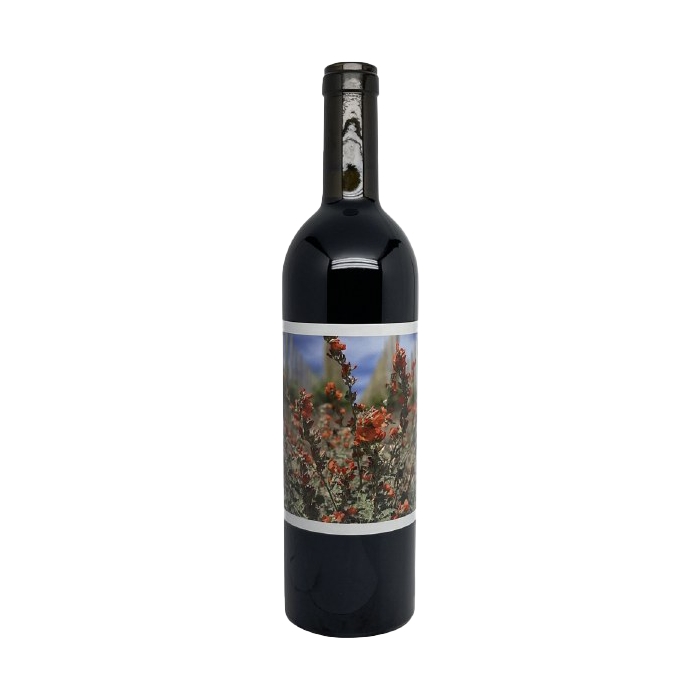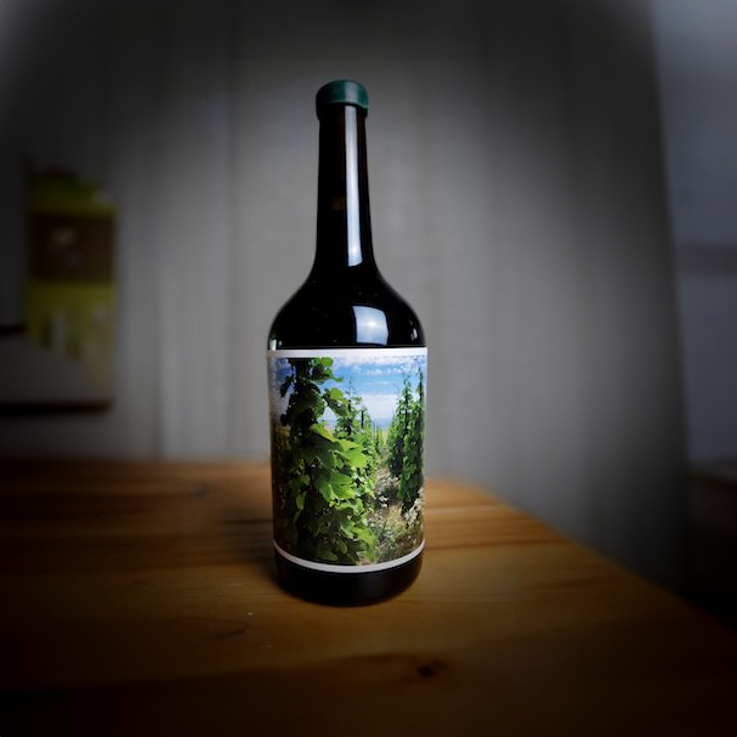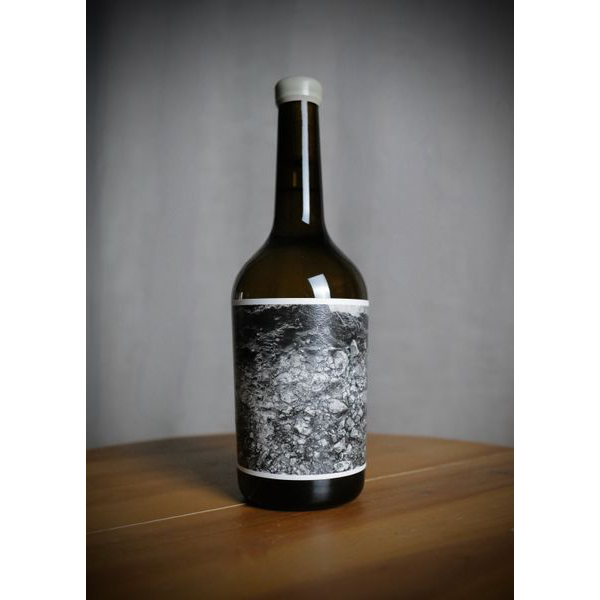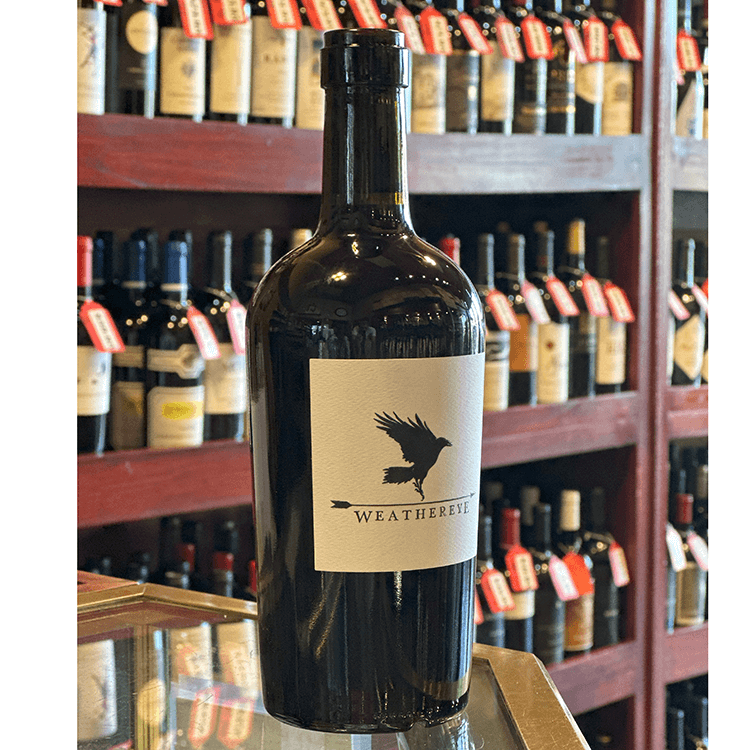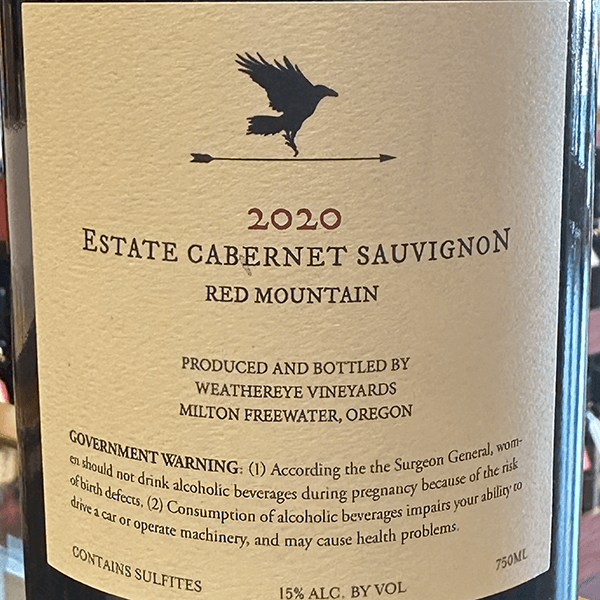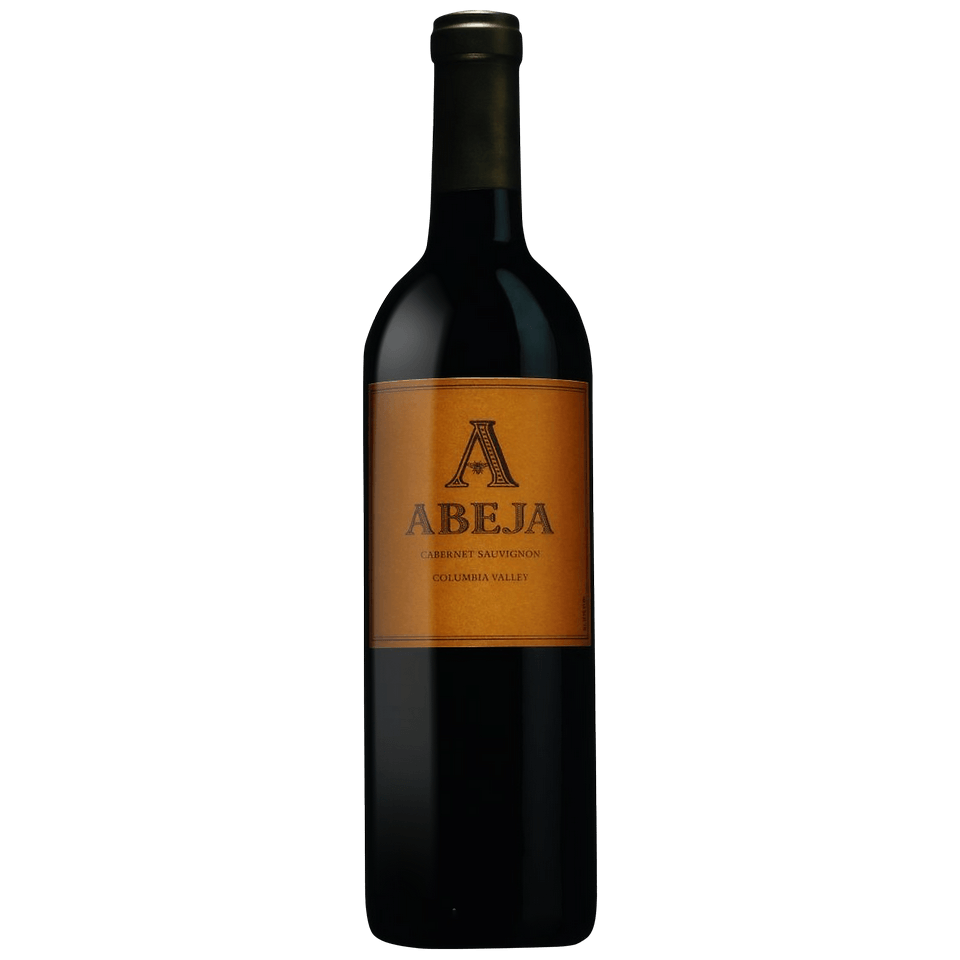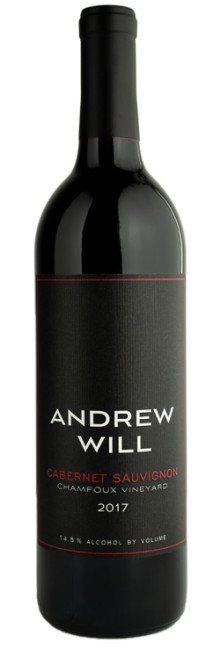The history of the Columbia Valley wine region dates back to the 1860s when grape cultivation first began. The area, approved as an AVA in 1987, spans over 11 million acres in the southeastern corner of Washington State. It encompasses renowned sub-AVAs such as Red Mountain, Walla Walla Valley, and Horse Heaven Hills, situated around the Columbia River and its tributaries, the Walla Walla, Yakima, and Snake rivers. The valley’s topography, shaped by glacial floods from Lake Missoula during the last Ice Age, boasts diverse soils ranging from volcanic to alluvial, thanks to the deposition of materials over time.
Positioned between latitudes 46°N and 47°N, the Columbia Valley experiences a dry continental climate with hot days and cool nights, fostering an extended growing season. Although irrigation is necessary in this arid region, the controlled water supply positively influences yield and grape quality. The Columbia River and its tributaries not only provide water but also mitigate temperature extremes, aided further by the use of wind turbines to prevent frost damage.
Columbia Valley’s wine portfolio encompasses an array of fruit-driven styles, prominently featuring Chardonnay, Riesling, Syrah, and Merlot. However, it’s the robust, well-structured Cabernet Sauvignon that has garnered significant acclaim, with examples like the Quilceda Creek Cabernet Sauvignon from the Red Mountain and Horse Heaven Hills AVAs receiving perfect scores from Robert Parker. This robust yet elegant style characterizes the wines of this region, displaying rich flavors and balanced structures, indicative of the unique terroir shaped by the region’s tumultuous geological history.


